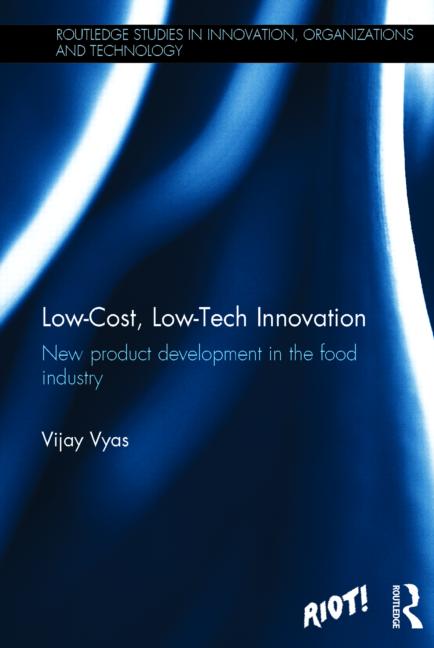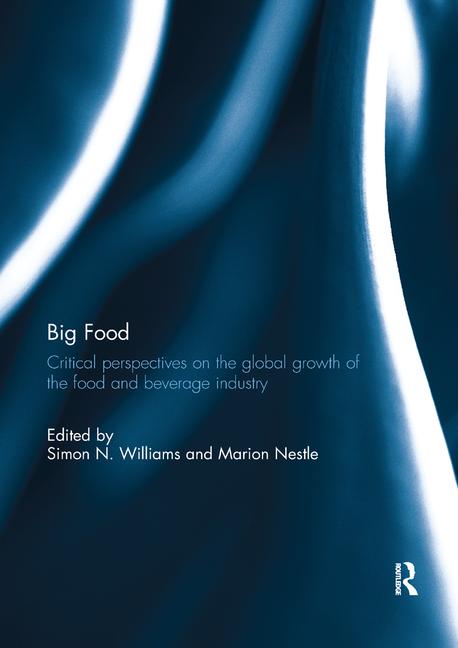Beneo: Low Glycemic Diet
Study confirms three benefits with Beneo Palatinose™

A recent study by Henry et al has compared a low glycemic diet that included BENEO’s functional carbohydrate Palatinose™ with a high glycemic diet, in a real-life scenario.
Results show that the participants who followed the low glycemic profile diet experienced three main improvements: a lower glycemic profile, reduced variability in blood sugar levels and improved fat burning.
Professor Christiani Jeyakumar Henry et. al’s study was carried out at the Clinical Nutrition Research Centre (CNRC), Singapore Institute for Clinical Sciences (SICS), Agency for Science, Technology and Research (A*STAR) and the National University Health System, Centre for Translational Medicine.
Twenty-four-hour continuous blood sugar monitoring was conducted with 20 men. Participants were on two dietary treatments (low and high glycemic) in a randomized, double blind, controlled cross-over design. In addition, the participants’ energy expenditure and metabolism were measured. Overall, the trials covered a period of 42 hours to represent a normal day-to-day situation.
The glycemic load of the participants’ meals was modulated by adding sucrose for the high glycaemic group and BENEO’s Palatinose™ (isomaltulose) for the low glycaemic group. Two metabolic parameters—glycemic response and substrate oxidation—were measured, with the former using continuous glucose monitoring (recorded every 5 minutes for 42 hours) and the latter using whole-body calorimetry.
The study results showed that each low glycemic modulated meal was able to move the participants’ substrate oxidation—the process of generating energy within the cells from food consumed—from carbohydrate oxidation to fat oxidation, thus promoting fat burning and subsequently, over time, weight management.
“The study by Henry et al. really shows how Palatinose™ can contribute to a healthier diet when used as part of a low glycemic diet,” notes Anke Sentko, vice president for Regulatory Affairs & Nutrition Communication at BENEO. “The unique combination of measuring continuous blood glucose response, as well as energy provision, reflects a real-life scenario, rather than a snap shot situation.”
She adds, “The benefits can be seen after each meal and the cumulative benefit is even higher thanks to a shift in metabolic set up that is carried over from one meal to the next. Given that high blood sugar levels are a risk factor in the onset of type 2 diabetes mellitus, these findings demonstrate how Palatinose™ opens opportunities for consumer products that not only promote blood sugar management, but weight management as well. In addition, an EU health claim highlighting the lower rise in blood sugar is possible when Palatinose™ (isomaltulose) is used to replace sucrose by 30%.”
For further information on BENEO and its ingredients, please visit: www.beneo.com and www.beneonews.com or follow BENEO on Twitter: @_BENEO or LinkedIn: www.linkedin.com/company/beneo
Research was published 9 May 2017, Nutrients (Volume 9, Issue 5, pages E473: Henry, C.J., Kaur, B., Quek, R.Y.C., Camps, S.G. (2017) A Low Glycaemic Index Diet Incorporating Isomaltulose Is Associated with Lower Glycaemic Response and Variability, and Promotes Fat Oxidation in Asians. Nutrients 9, 473. DOI 10.3390/nu9050473
Looking for a reprint of this article?
From high-res PDFs to custom plaques, order your copy today!






